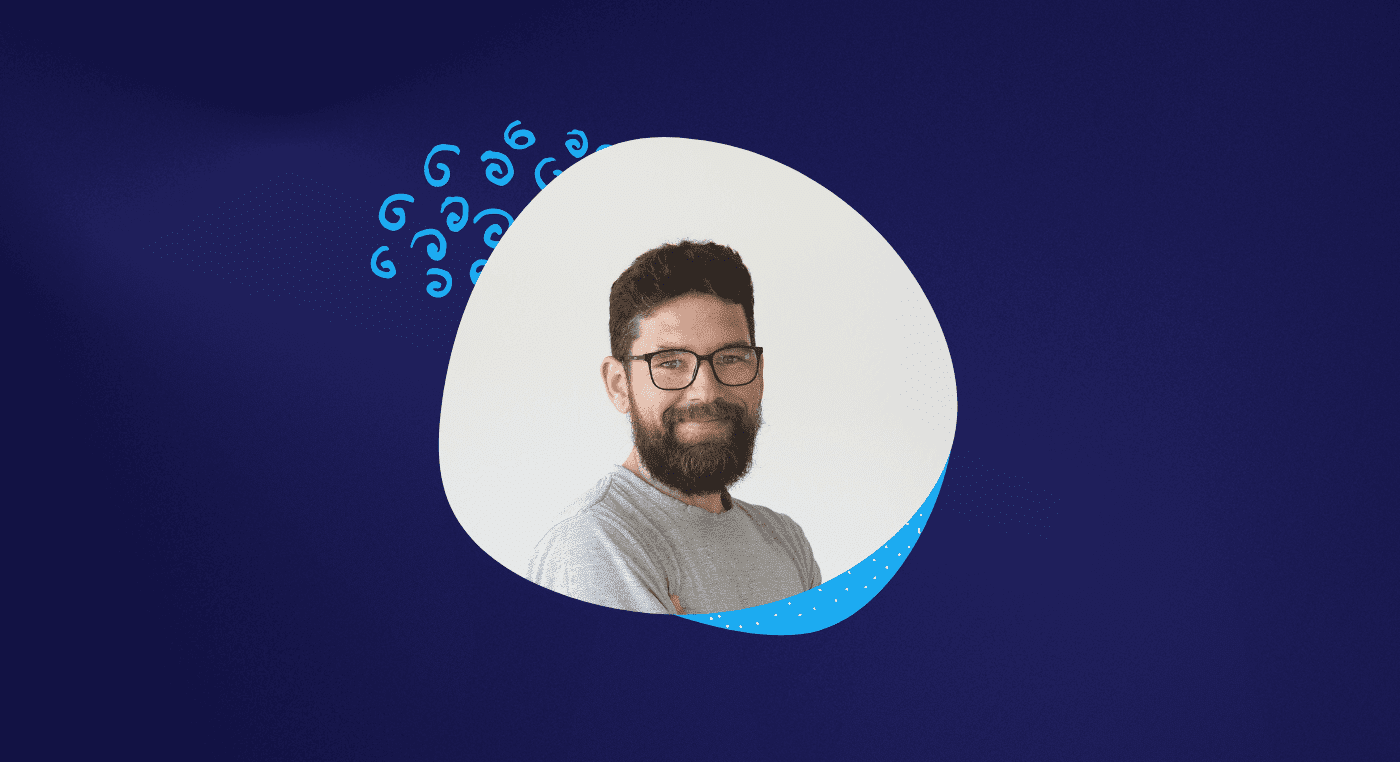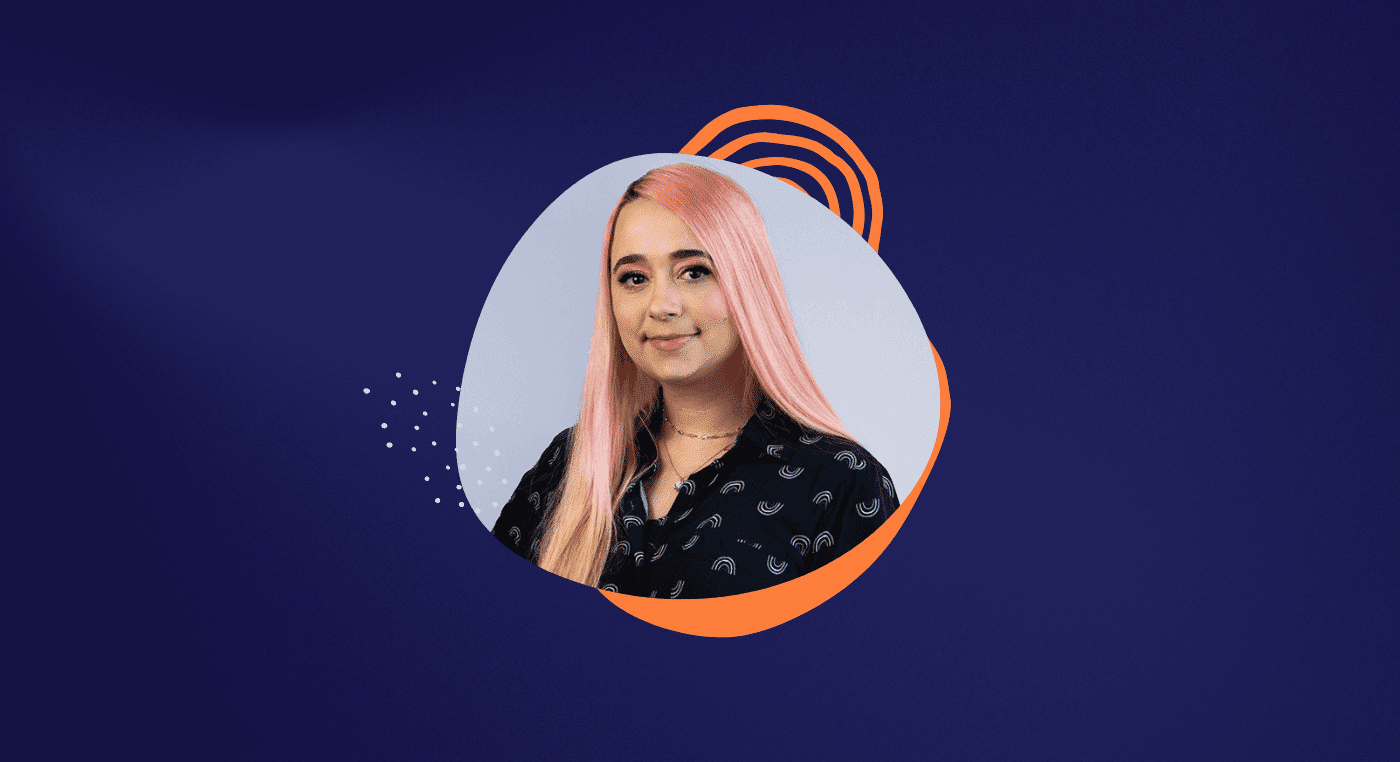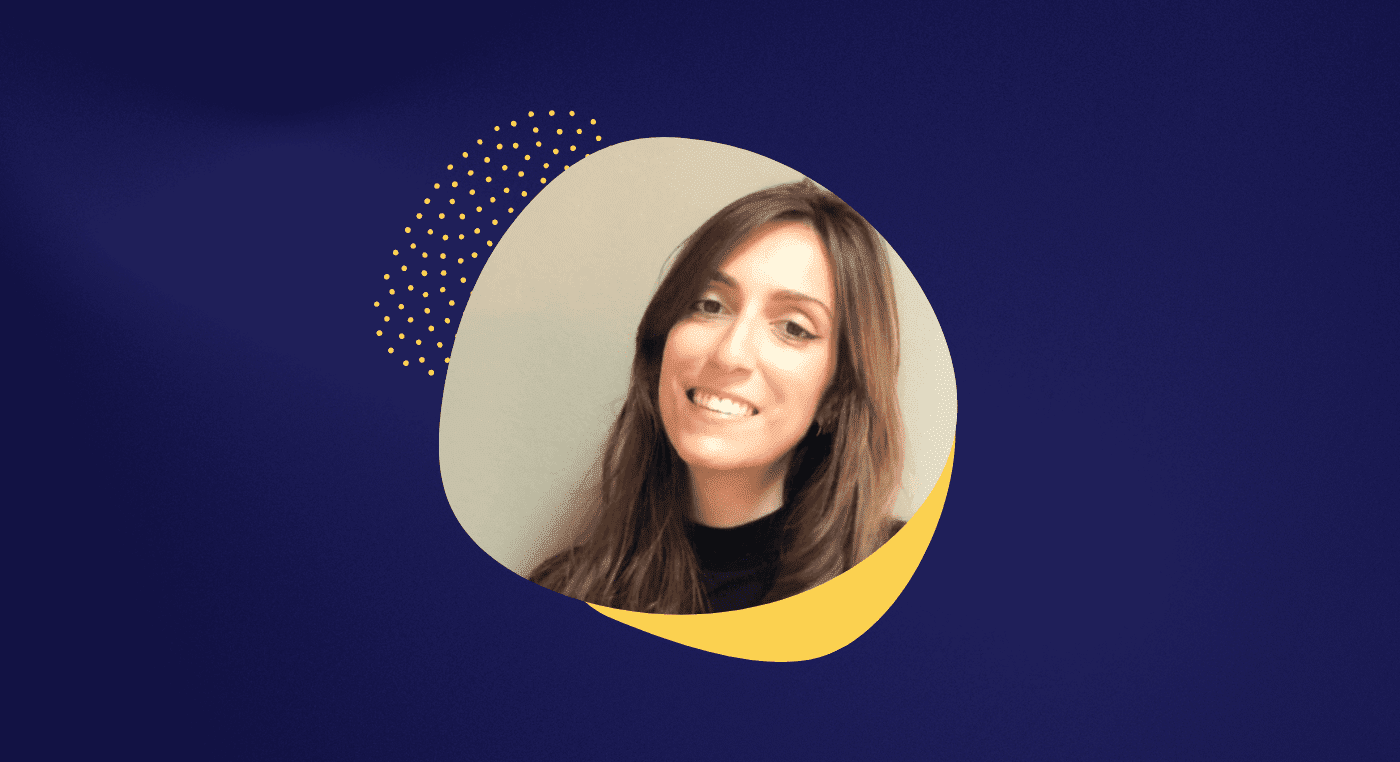In this interview, you will follow the inspiring journey of Henrique Olson, a student of the Master Interface Design, who transformed his passion for design into an international career in UX and Product Design.
Henrique shares the challenges, learnings, and strategies that shaped his path. Furthermore, we will explore his transition to UX Design, the dynamics of collaborative remote work, and valuable tips for those who also wish to move into the field.
Henrique, please introduce yourself
Hello Felipe, I'm Henrique, I live in Rio Grande do Sul, and have been working as a UX and Product Designer since 2021.
I started at Aela in 2020, but I have been studying and delving into UX Design since 2018.
I graduated in digital design from college, where I learned about interfaces and eventually about User Experience, a subject that has always deeply attracted me.
When I discovered Aela, I saw the opportunity to combine all these disciplines and apply them in practical projects. My professional trajectory is constantly growing, always seeking to evolve.
You mentioned your interest in UX and the connection of points. What specifically caught your attention in UX and generated this desire to enter the field?
At the end of college, I ended up doing my final project on an app, but I still wasn't familiar with all the UX methodologies.
When I left college, I started looking for what to do next, and I had the idea of going more towards marketing. I started working as a social media at that time and, in a short time, I realized it wasn't of much interest to me.
Then, I found a postgraduate course in UX. And I connected a lot with my final project because it had the issue of usability, the issue of the product, and the issue of bringing some benefit to the user by providing this experience in a different and pleasant way.
And that was what I connected from college to the postgraduate course.
And when I entered the postgraduate course, I learned much more about agile methodologies, research, and design thinking, which interested me a lot, this issue of the process of discovering and then defining.
So, those were the points that caught my attention while I was in the postgraduate course and was developing some specific projects of the disciplines.

Why did you decide to join the MID, even having this postgrad and a background in UX disciplines?
This point is quite interesting because, as I was still working as a social media and studying UX, I really wanted to make the switch and start working in the field.
So, I began applying for many positions, taking tests, and sometimes gathering feedback from these tests.
I even reached out to former college professors to give me some feedback on what I was doing in these tests.
And a lot of it was about the visual aspect. And in one specific feedback, they recommended Aela to me.
I ended up looking at Aela’s website and got interested in the MID.
So that was it, in this journey of seeking opportunities and collecting feedback, I ended up receiving the recommendation for Aela.
Meet the MID, our Certification Program in UX and Product Design
It became clear in that feedback what exactly you had to work on to improve?
I received a lot of feedback about the visual aspect because I was doing these tests and it was clear that I conducted research and followed a process. However, when it came to the visual part, it wasn’t as pleasing.
And that was the feedback I received.
But when I joined the MID, in fact, I connected many more things, about how to conduct the process from beginning to end, performing the discovery and definition to arrive at the interface and have a cool product.
So, the point of improvement was the visual, but upon entering Aela, the whole issue of the design thinking process was connected more strongly.

And at what point did you feel that you were ready to look for a job in the area?
That part was different for me, perhaps.
Because I had already been applying even before joining the MID.
In 2020, I started studying at the MID and continued applying as I had been doing before. Maybe even with more dedication as the course projects were completed.
I was very anxious to enter the market.
After I started the MID and began to have projects published on Behance, in a portfolio, I noticed that I was advancing more in the interview processes.
Before, I used to stop at the first or second phase, and then I started to reach the final phase, where the choice was between me and another candidate.
The feedback I was receiving was improving because my material was getting refined.
So, my search for opportunities in the area was always constant, and I always tried to learn from the interviews, the tests, and the feedback.
What did you notice was the differentiator for you to finally get an opportunity in the field?
I don't know if it's an irony, but I think the main differentiator for the position I got was precisely the visual part.
I believe that the visual had more weight in this position, perhaps because there were fewer candidates, I don't know.
But speaking of my process, I always presented all my thinking behind the solution, and I believe that at that moment my skills in visual design had evolved a lot.
So, I believe that was a defining point of my process.
Reading Tip: 7 Soft Skills to Help You Transition to UX Design
Tell us a little about what your day-to-day life is like as a Product Designer?
I've been in the field for about two and a half years.
I started working at a company that had an e-commerce product, but it was still in the creation phase, they were just starting. But I was focusing more on the website.
I continued to apply for other companies and then joined a company with a product more geared towards B2B.
Working with a product is very cool because you're always trying to understand how a feature will operate in the best way. And you might be impacting the lives of the users of the product you're improving.
So, it's nice to collaborate with the whole team, having the opportunity to work with developers, product managers, and even with business people to understand more about how the business is going.
I really like doing all this collaboration part and trying to understand the different perspectives that exist on a single product.

Today, do you work remotely or in person?
I work remotely.
How is it to work collaboratively while being remote?
I find it very easy.
Something I carry with me is the search for conversation with people.
I don't wait for someone to come to me with information about something, or not.
If I need information and I have a contact point, I ask. And maybe I need to talk to more people, so I introduce myself to them. I explain what I need and ask if they can help me.
So, I'm always trying to make these connections and, actually, remote work even facilitates it. I just look for the person's name on Slack, send an email, a message, introduce myself and explain what I need to do my job.
Today you work for a company outside of Brazil. How is the communication? Did you have to adapt?
Adaptation is always there, isn't it!
Even if you speak English, there are always different accents. And the company I work for is in Canada, but it's a very global company.
So there are people from all over the world and the issue of accent is quite marked, we have to deal with that.
But it's a good and rewarding experience when you start to get to know other cultures and collaborate with people from different parts of the world.
I even have to overcome time zone barriers, sometimes needing to be earlier in a meeting with Europe or even staying up later to participate in a meeting with people from Vancouver, for example. So it's pretty cool.
Reading Tip: Career Transition To UX Design: 8 Practical Tips for Graphic Designers
Did you do anything to overcome these challenges?
It was a process.
Actually, the company I used to work for, which was located in São Paulo, was acquired by this Canadian company.
So there was an adaptation process that involved taking on small projects and tasks to understand the company's processes and products.
It took some time to fully understand the whole context, but they were quite patient.
When a company is interested in helping you develop, they will offer support and give you that time to adapt.
When I started working with a more senior designer on a specific project, things started to flow. That's when I really began to apply the processes, to understand more, and to learn more.
Because of this progress, at the beginning of this year, I was assigned as the project leader. I had the opportunity to exercise my leadership skills in conversations with other teams, developers, business, and product teams.
It was a positive outcome that I achieved after my first year of adaptation, during which I had several barriers to overcome.

During your journey, you remained steadfast in studying and applying for jobs. Do you have any tips for people to deal with anxiety?
It's not an easy or perfect task.
I believe there were times when I couldn't study as much either, and I think that's part of being consistent. You need to be aware that you can't be perfect all the time.
So, as I continued applying, I always had a very clear goal in mind. For me, that's what works. I have a defined objective, I know where I want to get to in the short or medium term, and this has a very strong power to keep me motivated during this period. I look for ways to stay organized and constant.
Therefore, if someone identifies with this, I believe it is a good strategy.
And what is your big dream in your career?
I dream of having the opportunity to travel more and work remotely, being able to explore different places and experiences.
That's what really motivates me.
Regarding my career, I plan to follow this strategic path for a long time, aiming to achieve higher positions and levels of experience.
This is the vision I have for the future, in the medium and long term. Of course, I don't plan too far ahead, as circumstances can also change quickly. Sometimes we start to see different things that can slightly alter our goals.
For now, I intend to follow more of a strategic design trajectory. Currently, at the company, I play more of a UX role than product. So, I'm not so involved in research or visual design. However, I plan to strengthen these aspects soon to improve my skills.
And that's the plan.
I aim to reach an international level, where working conditions are better and companies are open to globalization. That's my goal, that's my dream of where I want to get to.
O que você diria para ajudar um colega que também tivesse interesse em migrar para UX?
Diria para seguir em frente, com certeza. É muito gratificante trabalhar nessa área, especialmente se conseguir uma oportunidade remota. Ter a flexibilidade de trabalhar em casa é ótimo.
Em relação a um passo a passo, sempre enfatizo a importância da organização.
Portanto, seja estratégico quanto a onde você quer chegar e organize isso de forma visual. Gosto de usar tópicos, colocando as atividades que preciso realizar para atingir meu objetivo.
E siga em frente, estudando pouco a pouco, com consistência todos os dias.
Acredito que esses pequenos passos, com certeza, levam aos resultados desejados.
Reading Tip: UX Design: How to Work Internationally
How long do you think is reasonable for someone to start studying and get an opportunity?
I wasn't a great example in this regard, because I kept applying constantly.
But I believe that one year is a period in which your mindset will evolve considerably in the design processes.
You will carry out projects, receive feedback on them and from these experiences, you will always be thinking about how to improve.
A factor that made a difference for me was consistency. When you go back and study consistently, you manage to develop a higher quality in your studies. Therefore, consistency and gradual progression will definitely result in higher quality work. In about a year, you will be prepared to enter the market.

Everyone has their own timing, and it's important to respect that
And to know that when you start applying, you will also have the learning time of the interviews and all that process.
If you had to recommend a book, which would it be?
Being completely honest, I have a lot of difficulty with reading. I am still working to improve this skill.
This year, I managed to get my first UX book, which was "Continuous Discovery Habits" by Teresa Torres, and I found the book amazing. It connected with everything I am experiencing now, so it's very interesting.
One tip is to try to read a little every day, that can help overcome the problem of concentration, which is what I have.
Do you have any final message?
I would just like to express my gratitude. This journey with Aela, without a doubt, has helped me achieve great things, and I'm confident that we will continue on this path.
It's a very positive community to be part of because all the colleagues are always willing to collaborate. Therefore, it's an excellent place for developing learning.








